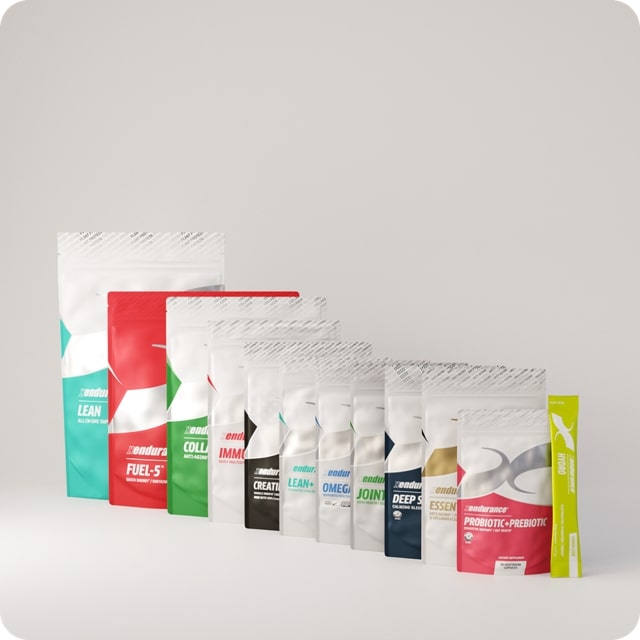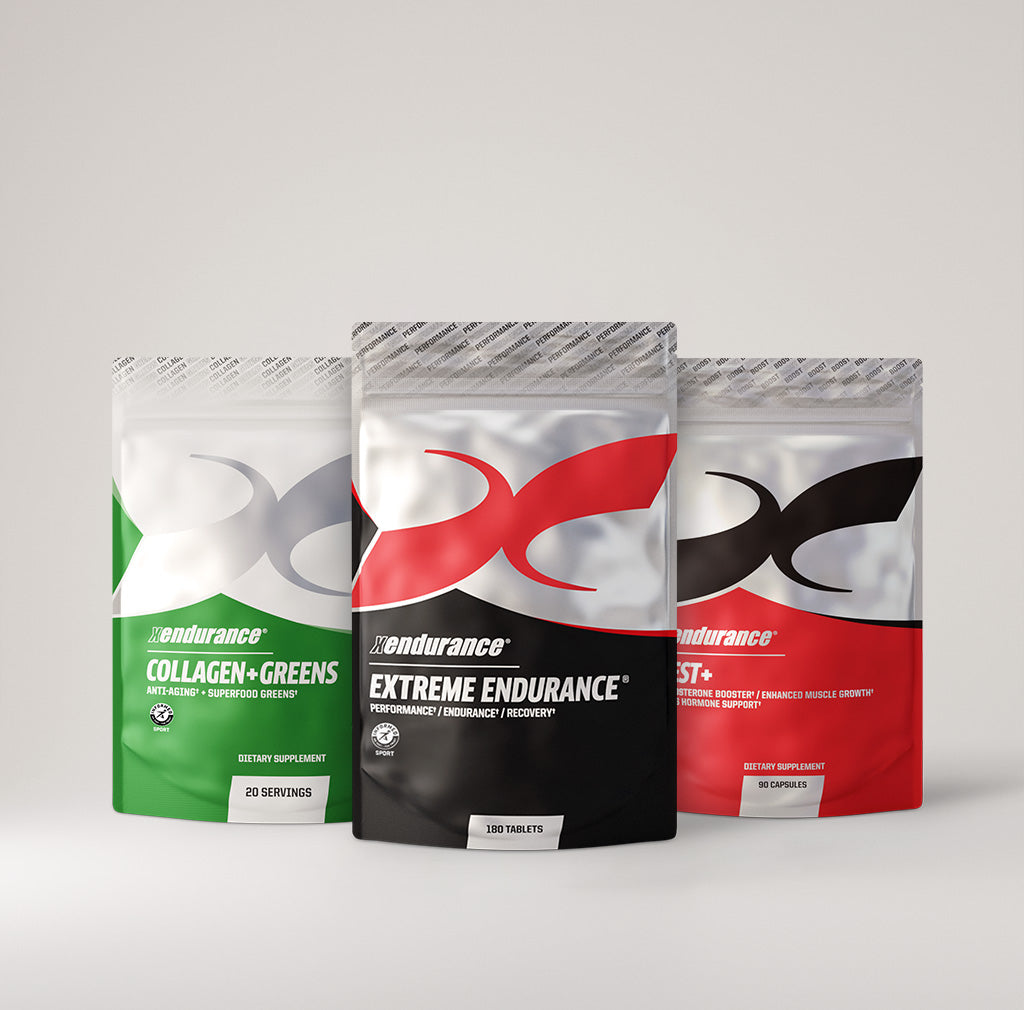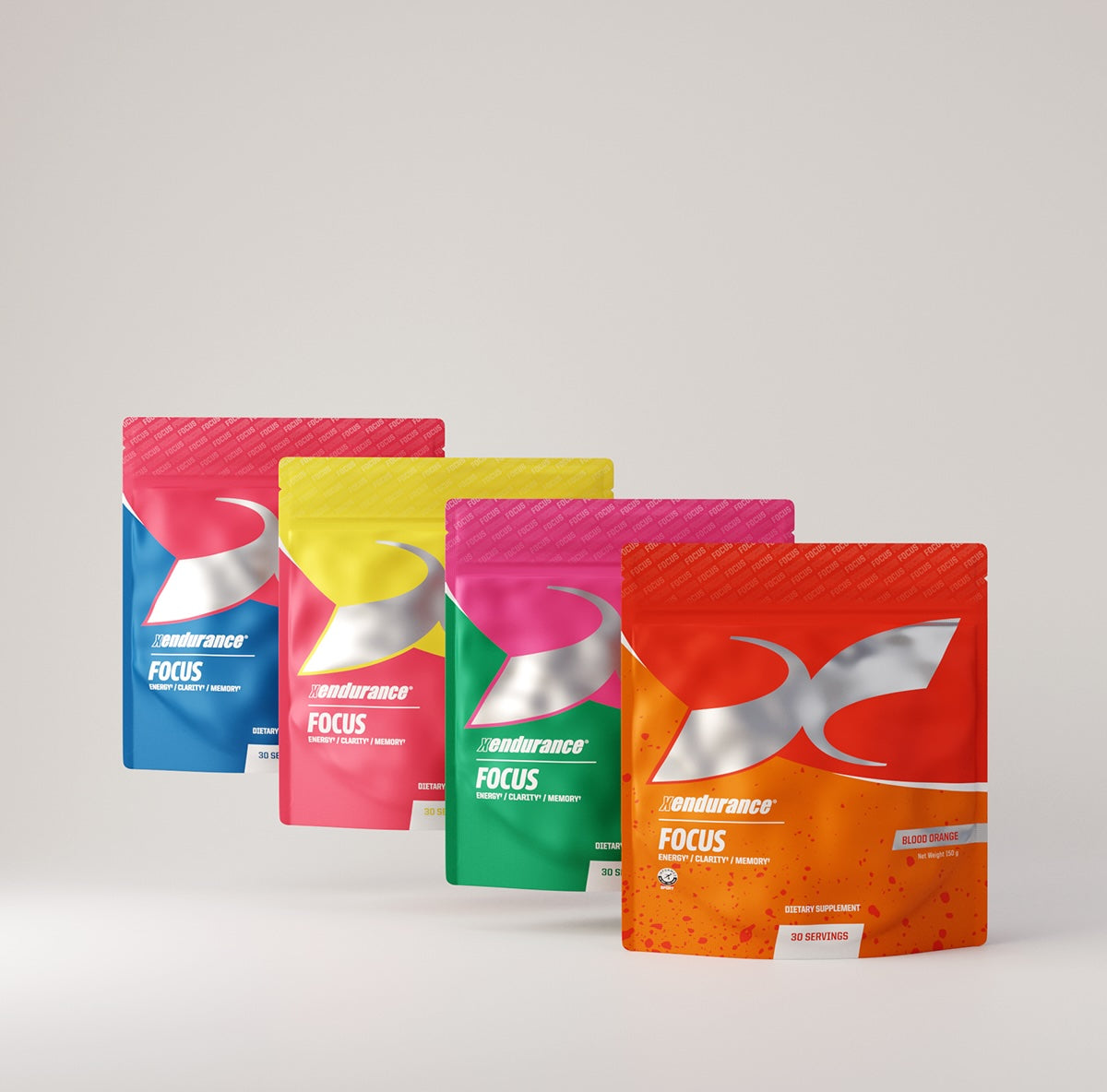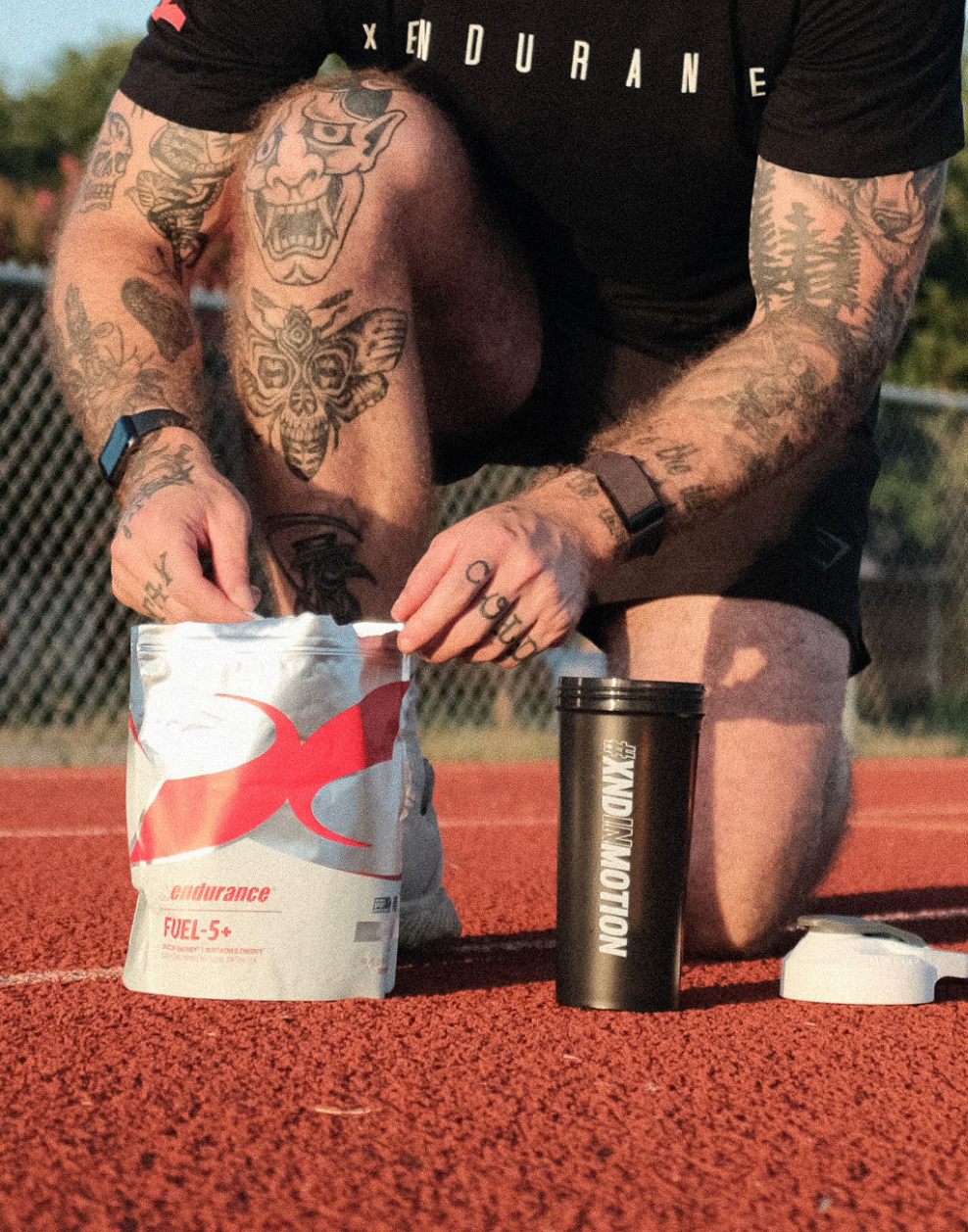In today's hustle-driven society, caffeine is the go-to energizer for millions, fueling everything from daily commutes to high-stakes meetings. Yet, the source of that caffeine matters more than you might think. Is the jolt from a synthetic pill the same as sipping on brewed green tea? What about coffee, another natural powerhouse? Chemically, caffeine is identical across sources—its formula, C₈H₁₀N₄O₂, doesn't change. But the delivery, accompanying nutrients, absorption, and health effects can vary wildly. This article delves into why natural caffeine from green tea often comes out on top for health, compares it to caffeine from coffee beans, clarifies synthetic versus natural sources, and explores supplement types with their pros and cons.
Understanding Synthetic vs. Natural Caffeine: Sources and Production
To grasp the differences, let's first demystify synthetic and natural caffeine. Synthetic caffeine is lab-produced through chemical reactions, often starting with urea and chloroacetic acid, yielding a pure, anhydrous powder that's inexpensive and potent. It's commonly added to energy drinks, sodas, and supplements for a quick, isolated boost. This form absorbs rapidly, potentially leading to spikes in energy followed by crashes, jitters, or anxiety, as it lacks any balancing compounds.
Natural caffeine, on the other hand, is extracted from plant sources where it occurs organically as a defense mechanism against pests. Key sources include coffee beans (from Coffea plants), tea leaves (from Camellia sinensis), cacao beans, guarana berries, yerba mate, and kola nuts. Unlike synthetic versions, natural caffeine comes bundled with antioxidants, vitamins, and other bioactive elements that modulate its effects, often making it gentler and more beneficial. Production varies by plant: For tea, leaves are harvested, withered, rolled, oxidized (less for green tea), and dried— all natural processes without chemical synthesis.
Coffee beans are not chemically produced; they grow naturally on coffee trees or shrubs in regions like Africa, Latin America, and Asia. The beans (actually seeds inside coffee cherries) are harvested, processed via wet or dry methods to remove the fruit, then roasted at high temperatures to develop flavor— a thermal, not chemical, transformation. However, conventional farming may involve synthetic pesticides or herbicides, which can leave residue on beans, raising health concerns. Organic coffee avoids these, keeping it truly natural. Brewing extracts the caffeine using hot water, similar to tea, but no lab synthesis is involved in creating the beans themselves.
Core Differences: Caffeine from Coffee Beans vs. Natural Green Tea
While both coffee and green tea provide natural caffeine, their profiles differ in quantity, companions, and effects. An 8-ounce cup of coffee typically delivers 95-200mg of caffeine, far more than green tea's 20-50mg, due to higher caffeine content in beans (0.9-2.6% vs. tea leaves' 4%) and hotter brewing, extracting more. This makes coffee a stronger stimulant, ideal for a quick wake-up but potentially causing more jitters or acidity-related stomach upset.
Green tea's caffeine pairs with L-theanine, an amino acid promoting calm focus and reducing anxiety, leading to sustained energy without crashes. Coffee lacks L-theanine but boasts chlorogenic acids, antioxidants that may aid blood sugar control and inflammation reduction. Both offer health perks—coffee links to lower risks of Parkinson's and liver disease, while green tea excels in anti-cancer catechins like EGCG. Absorption-wise, coffee hits faster due to higher doses, but green tea's is smoother. Synthetic caffeine mimics coffee's intensity but without any plant benefits, often feeling harsher.
Health-wise, natural sources trump synthetic for their holistic profiles, but between coffee and green tea, it depends on needs: Coffee for robust energy, green tea for balanced wellness. The FDA caps safe intake at 400mg daily for adults.
Caffeine in Supplements: Types, Benefits, and Drawbacks
Supplements often use synthetic or isolated natural caffeine, amplifying effects but varying in form. Here's a list:
- Caffeine Anhydrous: Synthetic, dehydrated for potency. Benefits: 100-200mg doses boost performance and focus. Negatives: Rapid absorption risks jitters and crashes.
- Natural Caffeine (e.g., from Green Tea, Coffee Beans, Guarana): Plant-extracted, with some compounds intact. Benefits: Sustained energy, antioxidants for mood and health. Coffee-derived adds chlorogenic benefits; green tea, L-theanine calm. Negatives: Variable potency, higher cost.
- Di-Caffeine Malate: Synthetic blend with malic acid for extended release. Benefits: Lasts 6-8 hours, buffers digestion. Negatives: Slower onset, possible upset.
- Caffeine Citrate: Fast-absorbing synthetic for medical use. Benefits: Quick relief for fatigue or migraines. Negatives: Short-lived, high crash risk.
- Pterostilbene-Caffeine Co-Crystal: Synthetic with antioxidant. Benefits: Extended effects, neuroprotection. Negatives: Limited data, costly.
Natural forms edge out for added nutrients, aligning with whole-food benefits.
How to Understand a Supplement Label Containing Caffeine
To figure out the type of caffeine in a supplement, check the "Supplement Facts" panel on the label for the total caffeine amount in milligrams (mg) per serving, as recommended by groups like the Council for Responsible Nutrition. Then, scan the full ingredients list: if it says "caffeine anhydrous" or just "caffeine," it's usually synthetic and lab-made for a quick boost without extra plant benefits.
For natural types, look for sources like "green tea extract (Camellia sinensis) (standardized to 40% caffeine)" or "caffeine from coffee bean extract," which include helpful antioxidants. Watch for special forms such as "caffeine citrate" (fast synthetic) or "di-caffeine malate" (slow-release synthetic). Avoid vague "proprietary blends" that hide details, and choose products with third-party testing seals like USP or NSF for reliability. Always compare the total caffeine to the safe daily limit of 400 mg for adults, and talk to a doctor if you have sensitivities.
Caffeine-Containing Xendurance Supplements
Xendurance exemplifies the advantages of natural green tea caffeine. Their supplement, Focus, offers 130mg per serving from green tea extract, blended with A-GPC, L-Tyrosine, L-Theanine, and beetroot for jitter-free focus and energy. Supported by studies, it's Informed Sport certified for athletes, first responders and the military.
Fuel-5+ provides 45mg per scoop of caffeine (90mg for two) from green tea, with carbs, lactate, electrolytes, and vitamins for sustained endurance. It stabilizes energy, aids recovery, and is certified clean.
These products highlight green tea's calm, natural boost over synthetic alternatives.
The Caffeine Showdown - Coffee or Caffeine from Natural Green Tea?
Synthetic caffeine offers convenience but lacks depth; natural caffeine from green tea provides balanced health perks via synergies, edging out coffee's bolder but potentially harsher effects. Understanding sources empowers better choices—opt for natural, moderate intake for optimal well-being.









Leave a comment
This site is protected by hCaptcha and the hCaptcha Privacy Policy and Terms of Service apply.